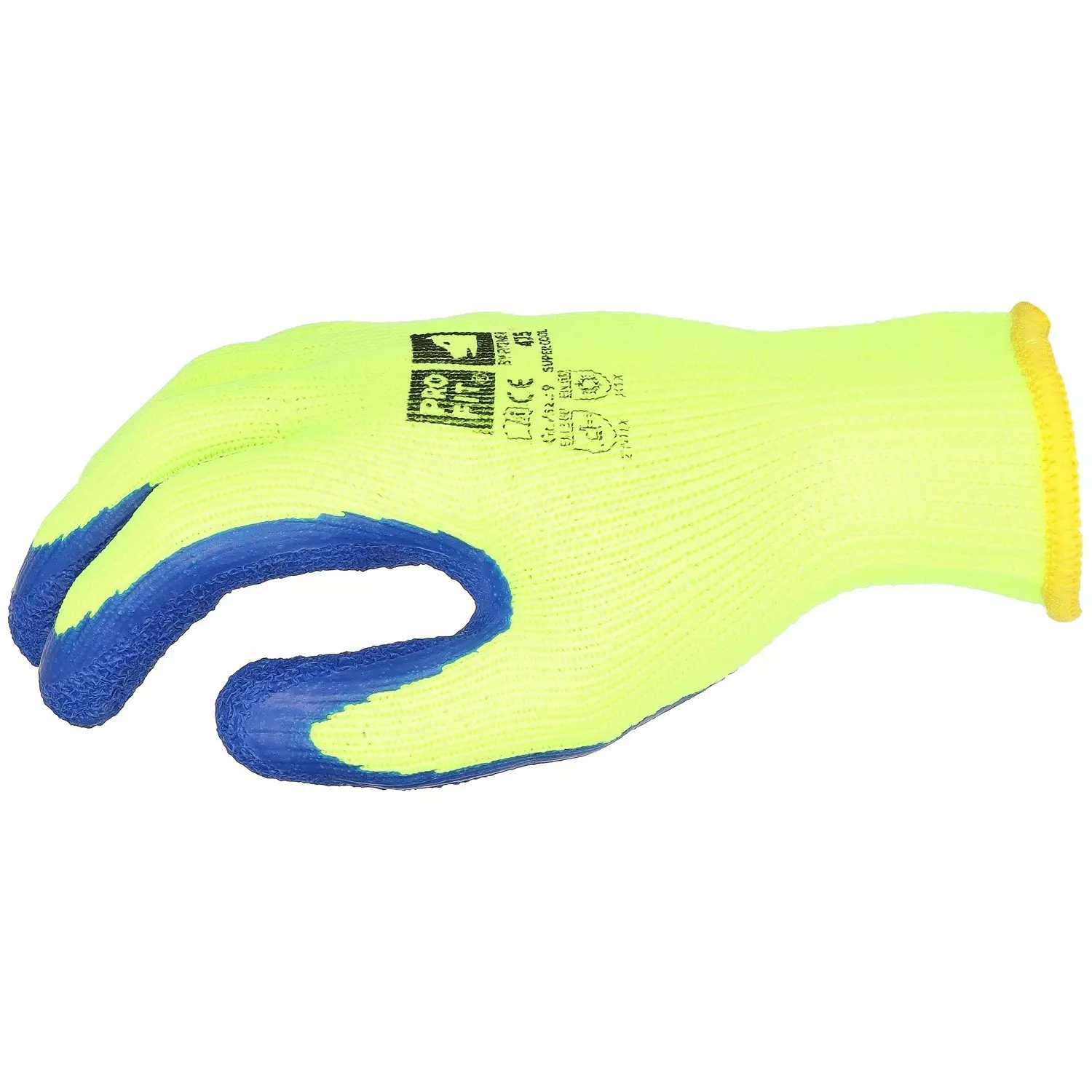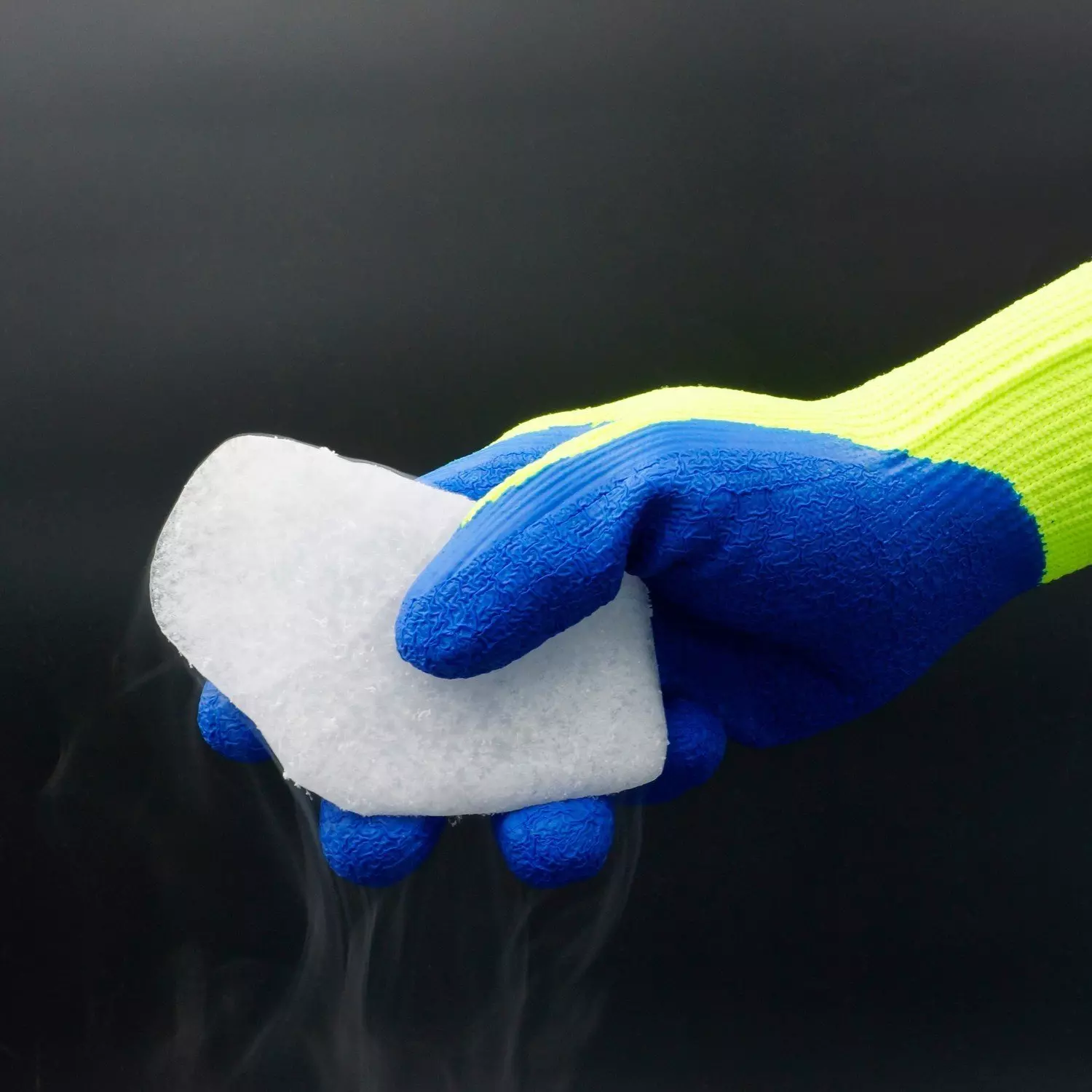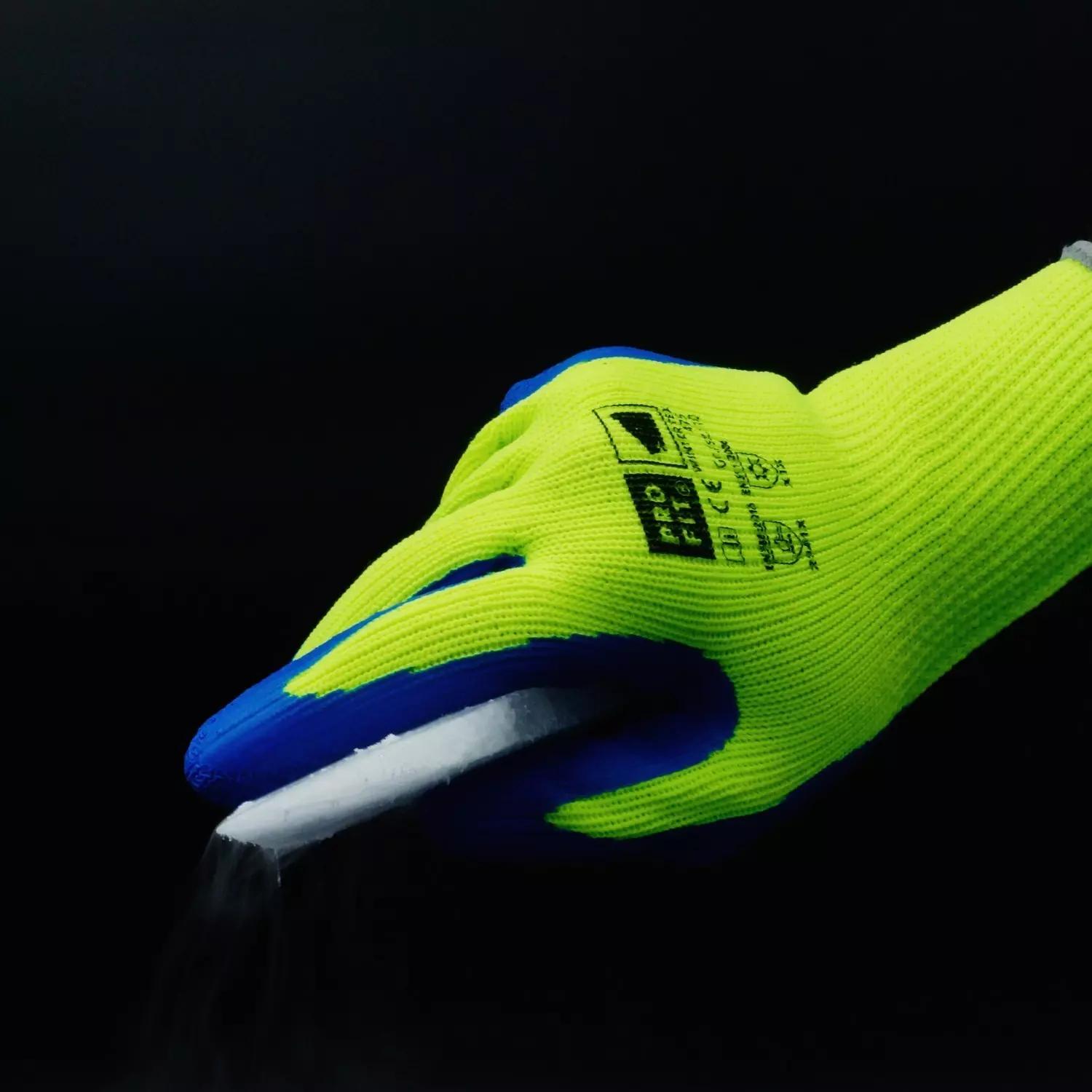


Features You'll Love

Coating Material · Latex
The substance applied to glove surfaces to enhance grip, durability, and protection, with different materials suited for various work conditions.

Cuff Style · Knit
Determines how the glove secures around the wrist, affecting fit, comfort, and protection coverage at the wrist area.

Glove Features · Seamless Knit
EN 388 · Abrasion Resistance Level 2, Puncture Resistance Level 1
EN 511 · Cold Contact Level 1
Enjoy superior comfort and dexterity with a smooth, seam-free fit that reduces irritation and enhances your grip.
Withstands moderate rubbing and friction, offering good protection for tasks involving handling rough materials.
Provides basic protection against punctures from blunt objects like splinters, not sharp points like needles.
Provides light thermal insulation when directly handling cold objects. This offers basic protection for short or intermittent contact with cold surfaces, suitable for general tasks in cool conditions rather than prolonged exposure to extreme cold.
PRO FIT
Super Cool Winter Work Gloves, 12 pairs
Super Cool Winter Work Gloves, 12 pairs
4.8 / 5
25,24 €
Price per 12 pairs
2,10 € / pair
Choose size
Shipping fee is 7,95 € for orders under 1 200,00 €
Features You'll Love

Coating Material · Latex
The substance applied to glove surfaces to enhance grip, durability, and protection, with different materials suited for various work conditions.

Cuff Style · Knit
Determines how the glove secures around the wrist, affecting fit, comfort, and protection coverage at the wrist area.

Glove Features · Seamless Knit
EN 388 · Abrasion Resistance Level 2, Puncture Resistance Level 1
EN 511 · Cold Contact Level 1
Enjoy superior comfort and dexterity with a smooth, seam-free fit that reduces irritation and enhances your grip.
Withstands moderate rubbing and friction, offering good protection for tasks involving handling rough materials.
Provides basic protection against punctures from blunt objects like splinters, not sharp points like needles.
Provides light thermal insulation when directly handling cold objects. This offers basic protection for short or intermittent contact with cold surfaces, suitable for general tasks in cool conditions rather than prolonged exposure to extreme cold.
Product description
The WINTER TEX is a high-quality fine knit glove with crinkled latex coating for professional use in cold temperatures. The combination of acrylic liner and seamless circular knit provides optimal cold protection while maintaining high wearing comfort. The special latex coating on the palm and fingertips ensures secure grip properties even in wet conditions.
Product Features:
- Crinkled latex coating on palm and fingertips
- Acrylic liner in terry loop design
- Seamless circular knit with knitted cuff
- Water-repellent palm
- Breathable back of hand
Technical Details:
- Soft and fluffy interior finish
- Optimized fit
- High slip resistance in wet conditions
- Very good cold insulation
Standards:
- EN ISO 21420:2020
- EN 388:2016 A1:2018 (2.1.4.1.X.)
- EN 511:2006 (X.1.X.)
- PPE Category II (medium risks)
